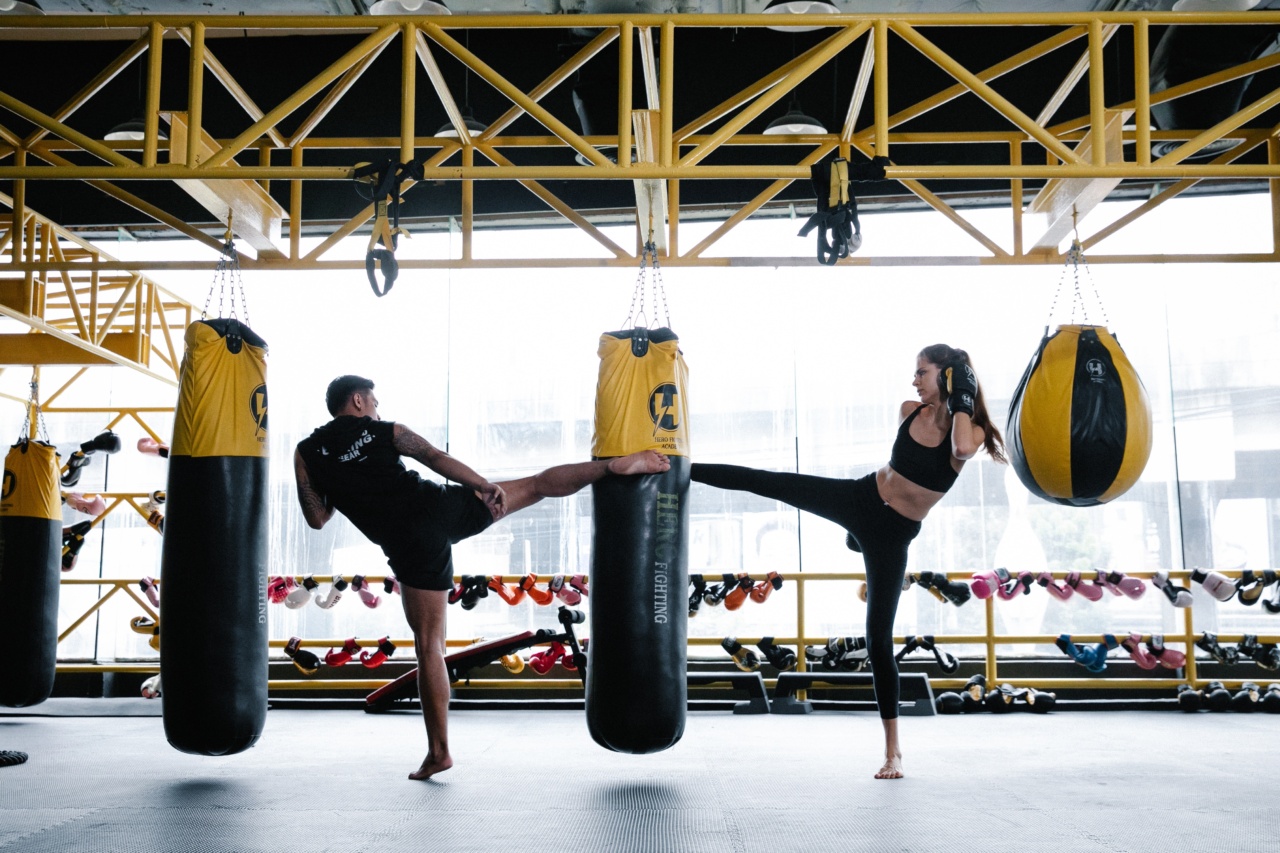Sleep apnea is a serious sleep disorder where breathing repeatedly stops and starts. It can cause a variety of health problems ranging from daytime fatigue to increased risk of heart disease.
One of the most effective ways to combat sleep apnea is through regular exercise. Here are some exercise tips and techniques to help you improve your sleep and overcome sleep apnea.
1. Cardiovascular Exercise
Cardiovascular exercise, also known as cardio or aerobic exercise, is any physical activity that raises your heart rate and improves your overall cardiovascular health.
This type of exercise can be particularly effective for people with sleep apnea, as it can help to strengthen the respiratory muscles and improve oxygen circulation throughout the body.
Examples of cardiovascular exercises include running, cycling, swimming, and brisk walking. Aim for at least 30 minutes of moderate-intensity cardiovascular exercise each day to help combat sleep apnea and improve overall health.
2. Strength Training
Strength training, also known as resistance training, is any type of exercise that uses weights or other forms of resistance to build muscle and improve strength.
Stronger muscles can help to keep the airways open during sleep, reducing the likelihood of snoring and the risk of sleep apnea.
Some examples of strength training exercises include weightlifting, push-ups, and squats. Be sure to work all major muscle groups, including the arms, legs, and core, to get the maximum benefits from your strength training routine.
3. Yoga and Breathing Exercises
Yoga and other breathing exercises can help to increase lung capacity, improve breathing techniques, and reduce the frequency and severity of sleep apnea symptoms.
Yoga can also be particularly effective for reducing stress and promoting relaxation, which can help to improve sleep quality.
There are many different types of breathing exercises that can help to combat sleep apnea, including deep breathing, alternate nostril breathing, and pursed lip breathing.
These exercises can be easily incorporated into a daily yoga or meditation practice and can be done anywhere, anytime.
4. Stretching and Flexibility Exercises
Stretching and flexibility exercises can help to improve overall mobility and reduce muscle tension, making it easier to breathe during sleep.
These types of exercises can be particularly effective for people who suffer from sleep apnea due to neck and shoulder tension.
Examples of stretching and flexibility exercises include neck stretches, shoulder shrugs, and spinal twists. Be sure to hold each stretch for at least 30 seconds and repeat each stretch several times to get the maximum benefits.
5. Walking
Walking is a low-impact form of exercise that can be done by people of all fitness levels. It is also a great way to get outside and get some fresh air, which can help to improve overall sleep quality.
Try to incorporate walking into your daily routine by taking the stairs instead of the elevator, parking further away from your destination, or going for a short walk after dinner.
Walking for just 20-30 minutes each day can have significant benefits for your sleep and overall health.
6. Interval Training
Interval training is a type of exercise that involves alternating between short bursts of high-intensity exercise and periods of rest or low-intensity exercise.
These short intervals can help to improve cardiovascular fitness and increase lung capacity, making it easier to breathe during sleep.
Examples of interval training exercises include sprinting, jumping jacks, and burpees. Be sure to start slowly and gradually increase the intensity of your intervals as your fitness improves.
7. Tai Chi
Tai Chi is a gentle form of exercise that combines breathing techniques, meditation, and slow, flowing movements. It can be particularly effective for reducing stress and anxiety, which can contribute to sleep apnea.
Research has shown that regular Tai Chi practice can improve sleep quality, reduce snoring, and reduce the frequency and severity of sleep apnea symptoms.
Tai Chi is also low-impact, making it a good option for people with joint pain or other physical limitations.
8. Pilates
Pilates is a low-impact form of exercise that focuses on building strength, flexibility, and balance.
It can be particularly effective for people with sleep apnea, as it can help to improve respiratory muscle strength and reduce tension in the neck and shoulders.
Some examples of Pilates exercises include the Hundred, the Plank, and the Swan. Be sure to work with a qualified Pilates instructor to ensure that you are using proper form and technique.
9. Cycling
Cycling is a great form of low-impact cardiovascular exercise that can be done indoors or outdoors. It can help to improve lung capacity, strengthen the respiratory muscles, and reduce the likelihood of sleep apnea symptoms.
If you don’t have access to a bicycle, consider using a stationary bike or taking a cycling class at your local gym. Aim for at least 30 minutes of moderate-intensity cycling each day to get the maximum benefits.
10. Swimming
Swimming is a low-impact form of exercise that is especially beneficial for people with joint pain or other physical limitations.
It can help to improve overall cardiovascular fitness, strengthen the respiratory muscles, and reduce the frequency and severity of sleep apnea symptoms.
If you don’t have access to a pool, consider using a stationary swimmer or taking a water aerobics class at your local gym. Aim for at least 30 minutes of moderate-intensity swimming each day to get the maximum benefits.




























